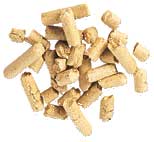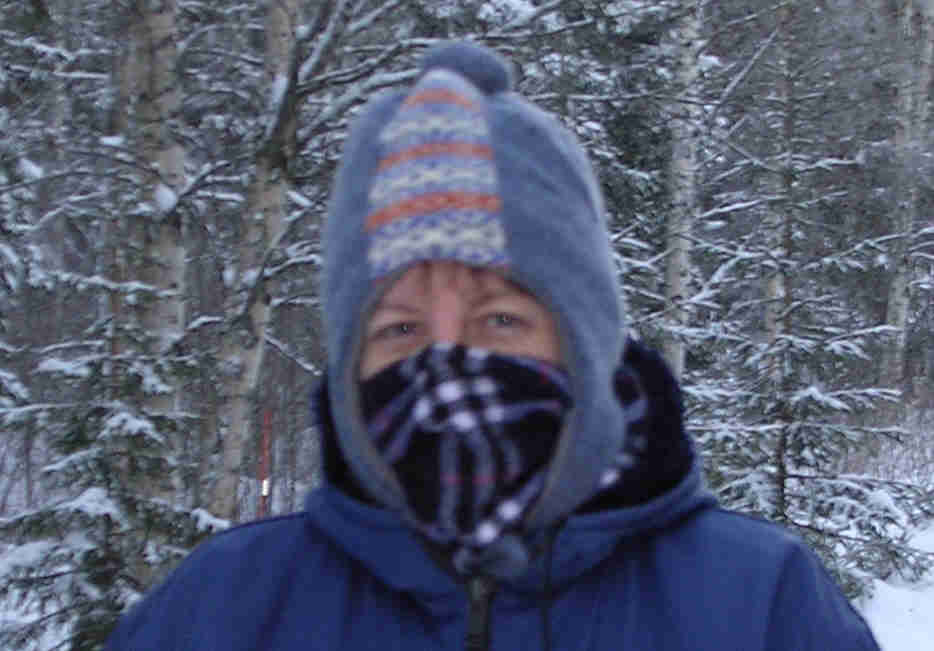
This is a photo of pellets. No, this isn't what we feed hamsters, although it kinda looks like that. This is what we heat our home with. Pellets can replace oil and coal. What are pellets you might ask? Pellets are a refined biofuel, dried and pressed into cylindrical rods of compressed energy. The diameter of each one is between 4 and 12 mm, and the length is between 10 and 30 mm. They are usually manufactured from raw material from Swedish forestry and farming, but bark, paper, grain and hull can also be used. In Sweden alone approx. 800-900,000 tons of pellets are produced annually. Its shape means that it pours easily into silos and feeding systems. Pellets which are stored outside under roofs do not absorb moisture or become frozen. Today the majority of the raw material used to manufacture pellets is sawdust and shavings from sawmills and joinery businesses. Forest growth in Sweden has never been greater than it is now and it exceeds the trees felled by a wide margin. All the oil that is currently imported for heating small houses can be replaced with pellets without this situation changing. One of the greatest threats is climate change caused by increased carbon dioxide emissions. Burning fossil fuels, like oil, coal and natural gas, leads to an increase in the carbon dioxide in the atmosphere. Pellets and wood are biofuels that do not add to the carbon dioxide levels. Combustion in appliances that use pellets takes place via tested process-controlled technology, with optimum efficiency and environmental values below the current limit values. Biofuel from the forests is a sensible choice for the environment and for your finances. It's a renewable energy source and is part of the cycle of nature, which is the basis for an enduring and durable development.
Do you know that this system is also available in the U.S.? Companies like Shell and other oil companies have nationwide distribution.

No comments:
Post a Comment